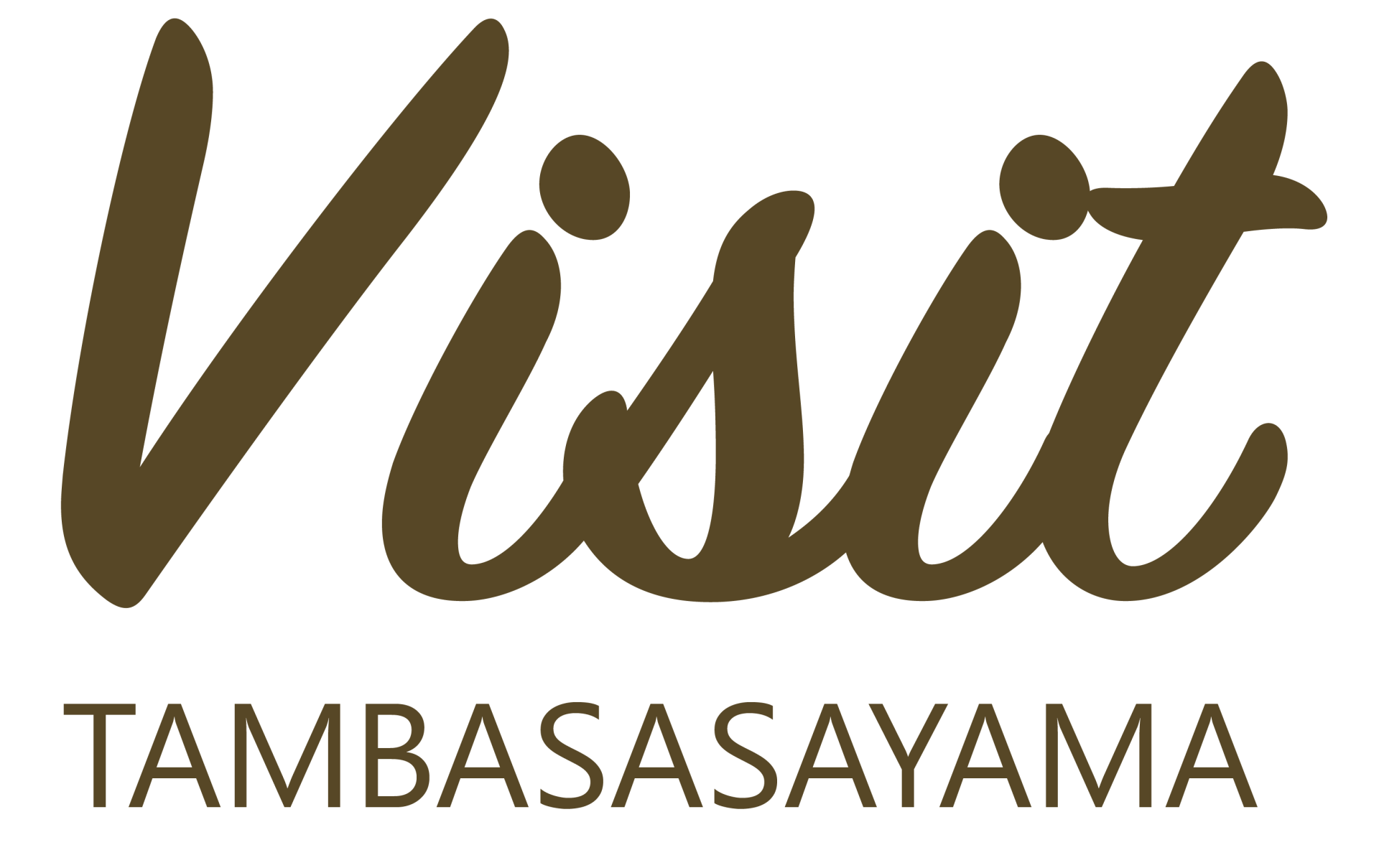Amma Historical Museum and Samurai House
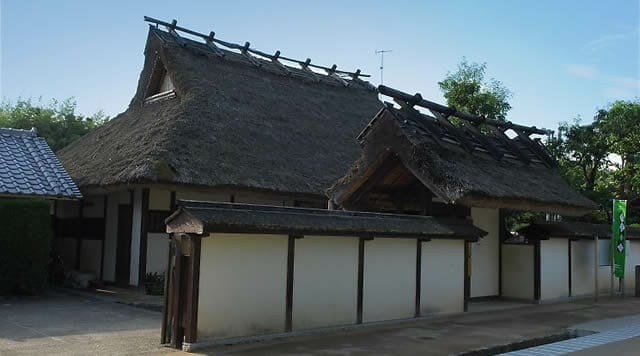
Amma Historical Museum and Samurai House is a samurai residence that was built after the first year of Tempo (1830). It was completely renovated from October 1994 to March 1995 and is now open to the public as a historical museum.
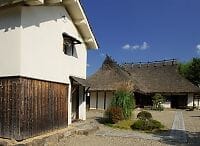
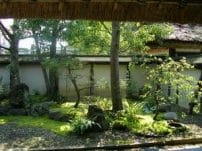
Overview of the Amma family
From its construction after the first year of Tempo (1830) the building was used as a samurai residence by the Amma family for generations. Around the 8th year of Tempo (1838) the head of the family had an annual income of “12 koku and 3 people” (Prosperity level was evaluated in terms of amounts of rice. One koku is equivalent to one person’s rice consumption in a year. One ‘person’ is equivalent to 5 bales of rice.) The building is an L-shaped, gabled, thatch house with a frontage of 13 m and a depth of 15 m. It is well preserved and became a Designated Cultural Property of Tambasasayama City on March 23, 1994.
Exhibits
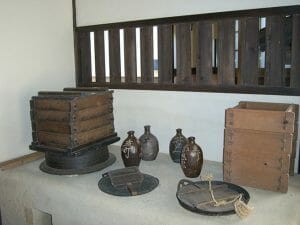

Within the building you can see ancient documents left by the Amma family, tableware, and furniture used in daily life, as well as weapons and materials related to the Sasayama Clan that were donated.
Basic information
| Postal code | 〒669-2334 |
| Street address | 95 Nishishinmachi, Tambasasayama City, Hyogo Prefecture |
| Phone number | +81-79-552-6933 |
| Access by train and bus | Go to the Sasayamaguchi Station on the JR Fukuchiyama Line and take a bus to the Nikaimachi bus stop. It’s a 15-minute walk to the Anma Historical Museum and Samurai House from there. |
| Access by car | About 10 minutes east from the Tannan Sasayamaguchi Exit from the Maizuru-Wakasa Expressway. |
| Map | View on Google map |
| Web site | Go to the Web site |
Tourist spot information
| Fees | Adults: 200 yen, High school and university students: 100 yen, Elementary and junior high school students: 100 yen
Also available as a set: |
| Special admittance | Admittance is free for the following individuals. ① Those who have been issued a physical disability certificate, nursing certificate, or mental disability health and welfare certificate ② Those under 6 years old accompanied by a parent or guardian ③ Elementary and junior high school students who are residents of Tambasasayama City ④ Japan Museum Association membership card holders ⑤ Those who have a Hyogo Culture Pass |
